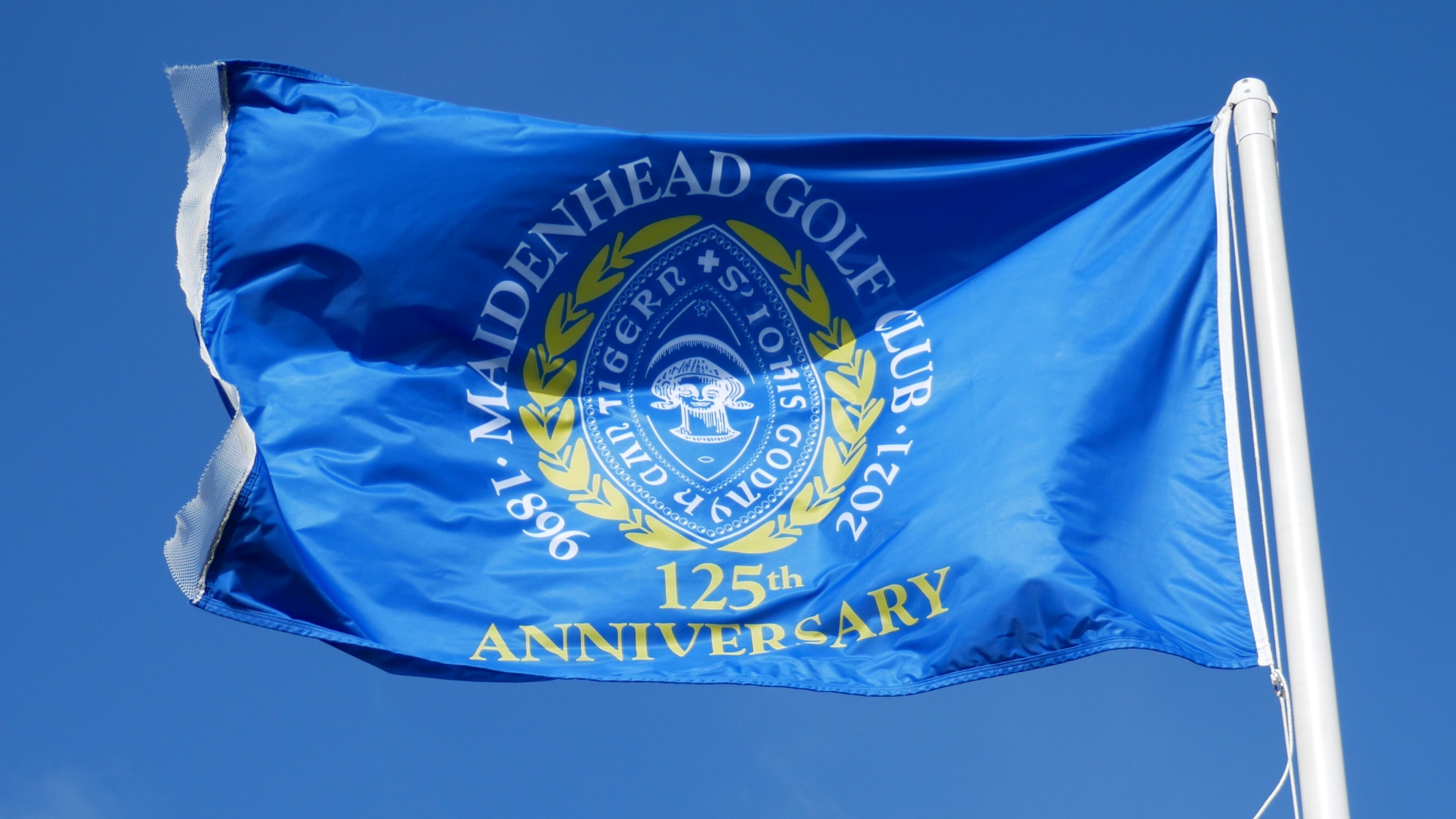
Maidenhead Golf Club was formed in 1896, with several senior Brigade of Guards officers and several naval officers including the son of the Earl of Orkney being among its founder members. Two Maidonians were also among the torch-bearers for golf in the town, Mr T J Wootton and Dr G E Moore.
It was the latter’s friendship with Mr W H Grenfell which really got the project off the ground. Mr Grenfell, was the Mayor of Maidenhead in 1895 and 1896 and an extremely wealthy and competent businessman who owned more than 10,000 acres of land around the town.
So it was that Mr Grenfell offered to lease some of his acreage near to Maidenhead Railway Station, which was to become our home and remains so well into a second century. Mr Grenfell was one of the earliest 63 members of the club, became its first president and agreed to present “a challenge cup for competition”. This was the fine Grenfell Cup which is still in yearly competition.
W H Grenfell, later to become Lord Desborough, was quite a character and an international athlete in cricket, running, rowing, punting, swimming, fencing, tennis and wrestling!
No other golf club had a president who had so many and various achievements. For example, he ran a mile in 4 minutes 37 seconds, rowed for Oxford against Cambridge in the famous dead-heat race of 1877 and stroked a rowing eight across the Channel. To add that he swam across the Niagara River below the Falls and then repeated the feat a second time when someone doubted it, shows he was a man who “did” things.
The course was opened for play on December 12, 1896, with the club also hosting a champagne luncheon on the same day to mark the occasion in its fine new clubhouse.
A separate nine-hole course for ladies only was built in 1897 on the left side of the current first hole, but the ladies did not like it and the area was closed in 1907, losing a valuable acreage from the total available to the club in later leases.
The club found itself in difficulty in the early years in particular because of the terms of the lease, which stated that the lessor had the power “to take portions of the land that he may require for building…making railways or any other purpose of the kind.”
Land was taken from parts of the 17th and 18th holes in the early part of the 20th century and the whole of the original 14th green and 15th tee was forfeit after members showed little enthusiasm when the opportunity to purchase the land arose in late 1952 and instead negotiated a new longer lease with the Maidenhead Corporation, which did, at least, secure the long-term future of the club.
The first professional at our club was Alex Simpson, a Scot from Forfar who was extremely skilled in the making of golf clubs. Club minutes record that he was also able to play golf on our newly-created course against the well-known professionals J H Taylor and James Braid and Pearson in a golf match on 19th March, 1898.
Taylor, also a renowned golf course architect, advised on additional bunkering and with subsequent traps also being added, there were complete ranges of bunkers usually about six feet high above the surface of the fairway on some holes in the 1920s.
Deciding that this was removing some of the enjoyment from their game, members then set up a debunkering committee to remove some of the hazards, no doubt encouraged by two wealthier members who used small biplane aircraft to land on the 8th and take off up the 9th hole when they came to play golf!
Noteworthy in our club’s early history is the election as a Privileged Member of the Consul General of Japan in 1923. This began the pleasing and helpful visiting association of members of the Nippon Club over many years.
Our recent history has been focused on improving the course and its facilities for members. An automatic watering system was updated in 1992 and in November 1994 a borehole dug which can be used for the future irrigation of greens and tees in times of drought. Full fairway irrigation has been in place since 2005.
The existing clubhouse was showing signs of its age, so this was demolished and a new much-improved building with greatly improved facilities erected to mark our centenary year in 1996.